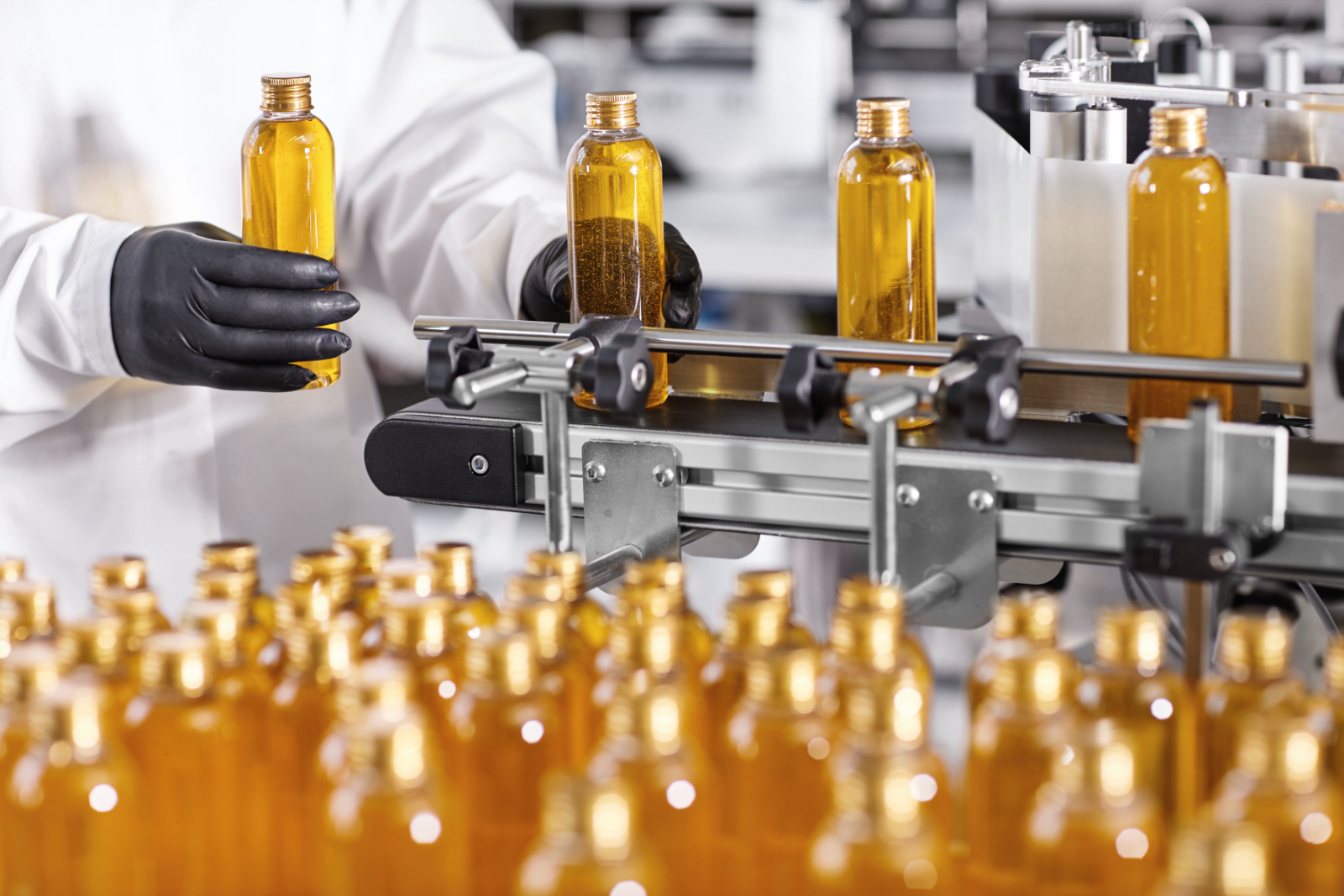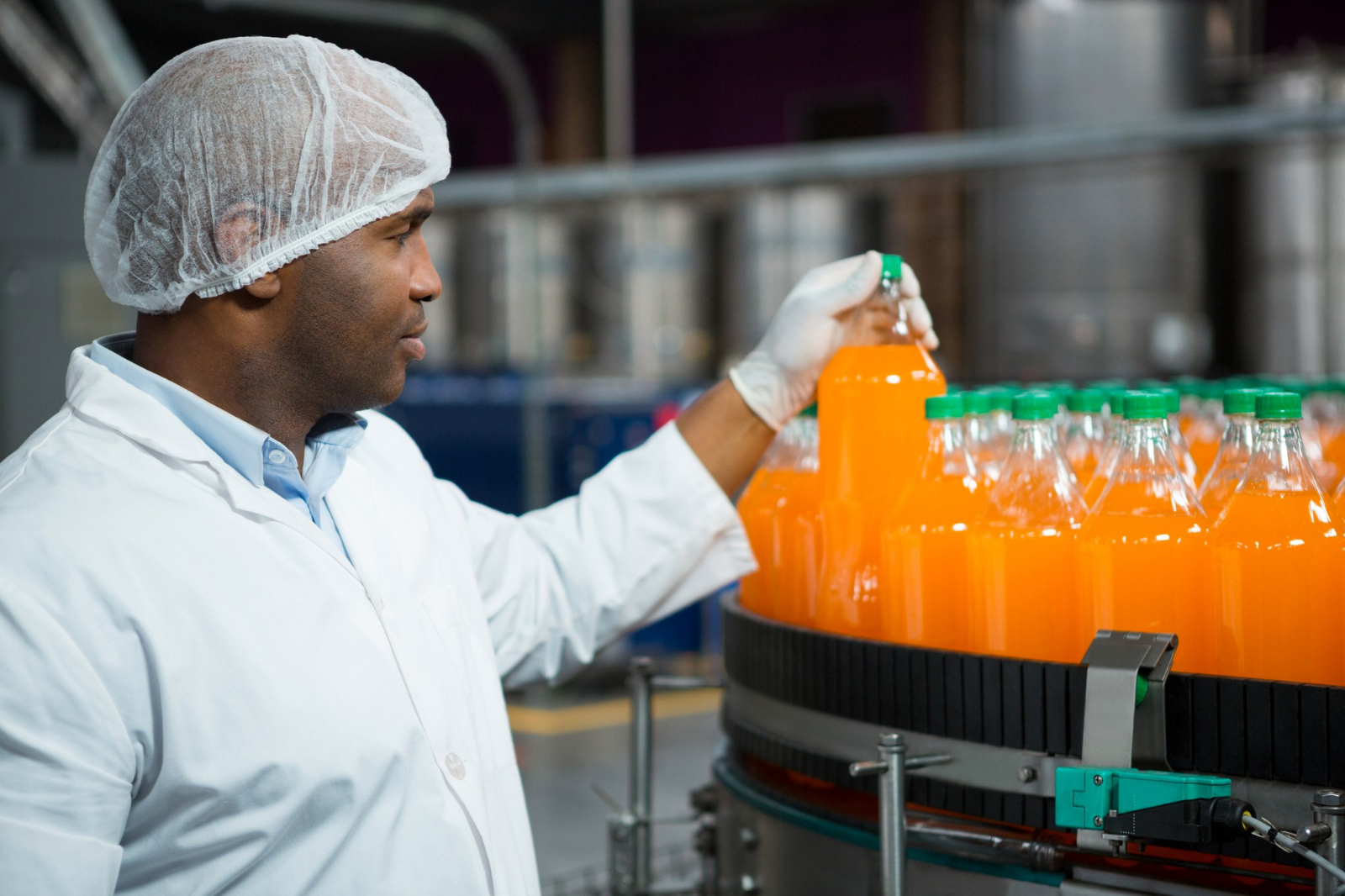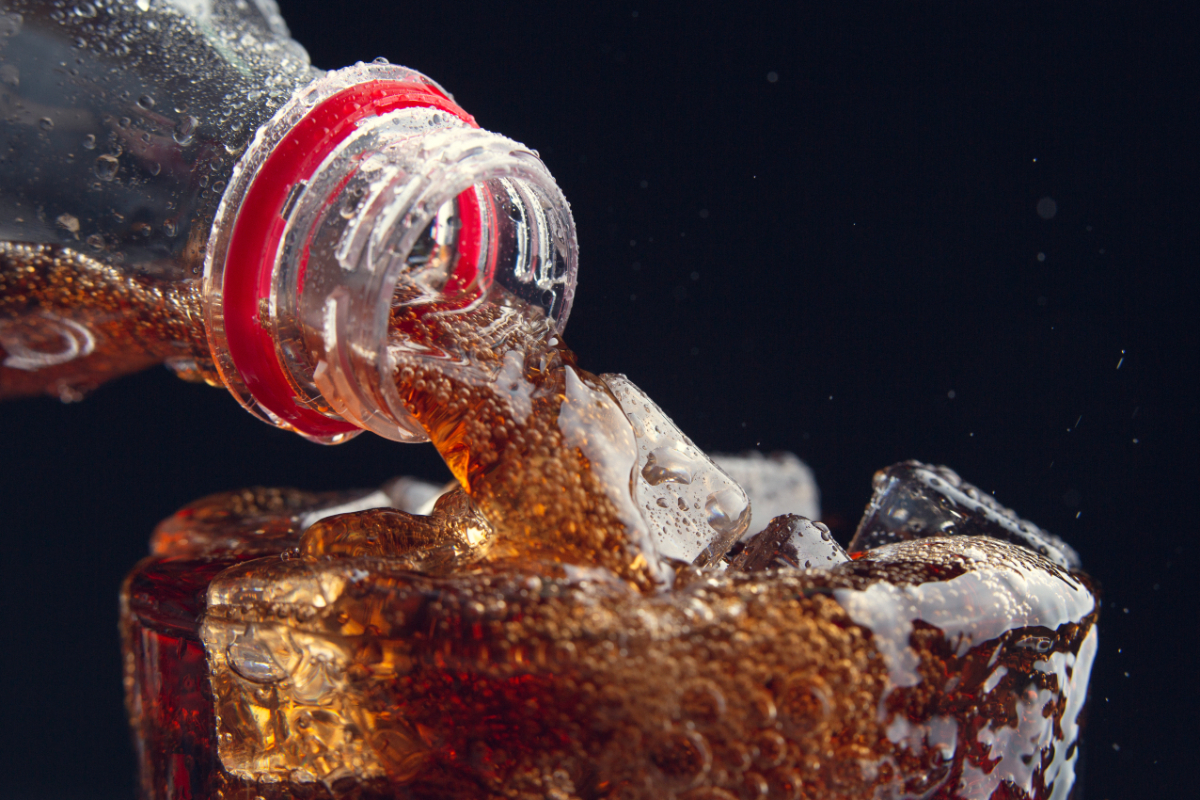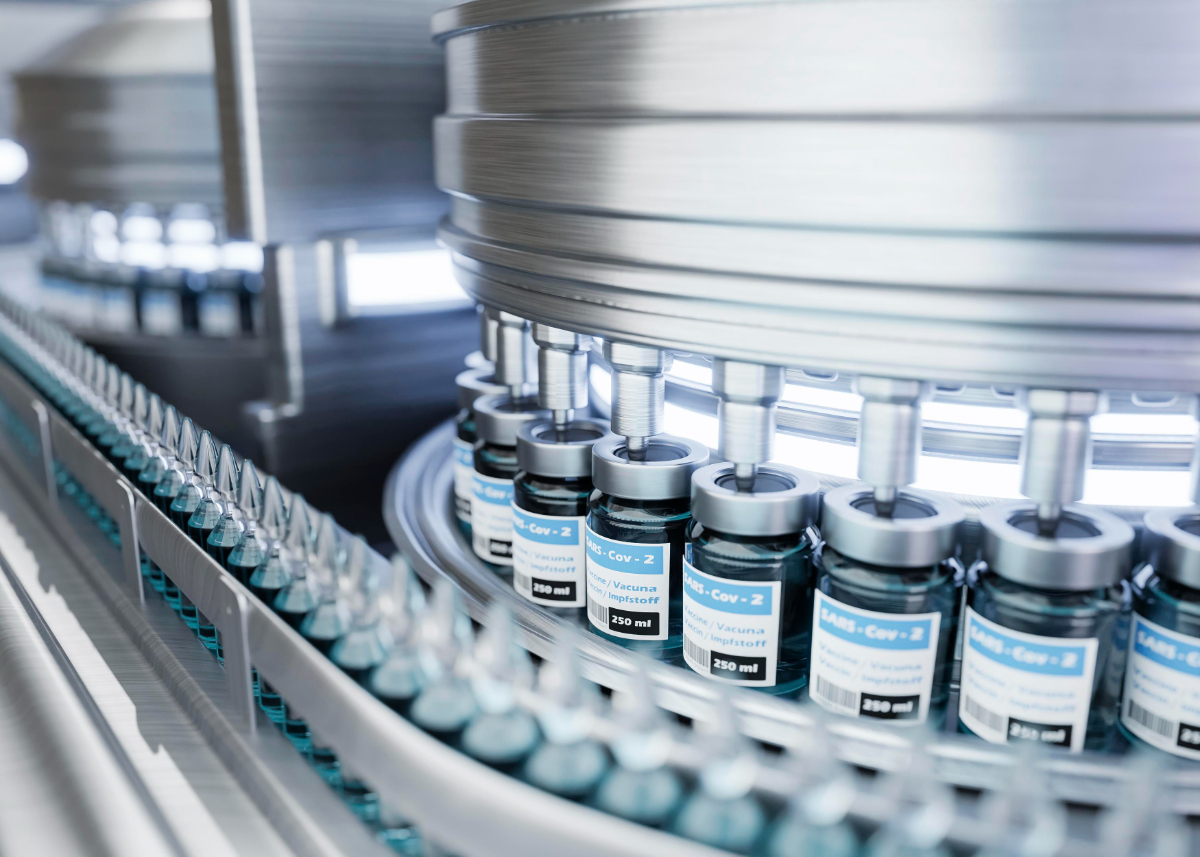What does a bottle capping machine do? Find out how a bottle capping machine can improve productivity of your business. JM Services (Burntwood) LTD offer bottle capping machine sales and repairs for Birmingham, Nottingham, Coventry, Leicester, Stoke-on-trent and throughout the UK.
Find out about our bottle capping machine services near you.
What is a capping machine used for?
Capping machines are indispensable across various industries, providing a crucial function of securely sealing bottles and containers with an array of caps or closures.
Their versatility allows them to cater to diverse production needs and specific purposes in sectors like general packing operations, industrial applications, food and beverage processing, agriculture, chemicals, and cosmetics.
The primary role of capping machines is to attach or fix lids, caps, or closures onto bottles and containers, ensuring reliable protection against leakage and contamination during storage and transportation. This seal guarantees product quality and extends shelf life, making them particularly valuable for industries dealing with perishable or sensitive items.
With a wide range of cap types and machines available, businesses can choose tailored capping solutions that match their production capacity and requirements. From small-scale operations to large industrial setups, capping machines streamline packaging processes and deliver consistent, efficient sealing.
The applications of capping machines are vast and diverse. They find utility in sealing pharmaceutical supplies, medicines, household products, paints, beauty items, and more. Whether it's child-resistant caps for medications or preserving freshness in food and beverage containers, capping machines offer valuable solutions across various product lines.
Capping machines serve as indispensable tools for industries requiring secure seals on their products. Their ability to handle diverse cap types and cater to various products enhances packaging efficiency and effectiveness in numerous sectors.
Be it pharmaceuticals, food and beverage, cosmetics, or other applications, capping machines play a vital role in maintaining product integrity and meeting industry standards for safety and quality.
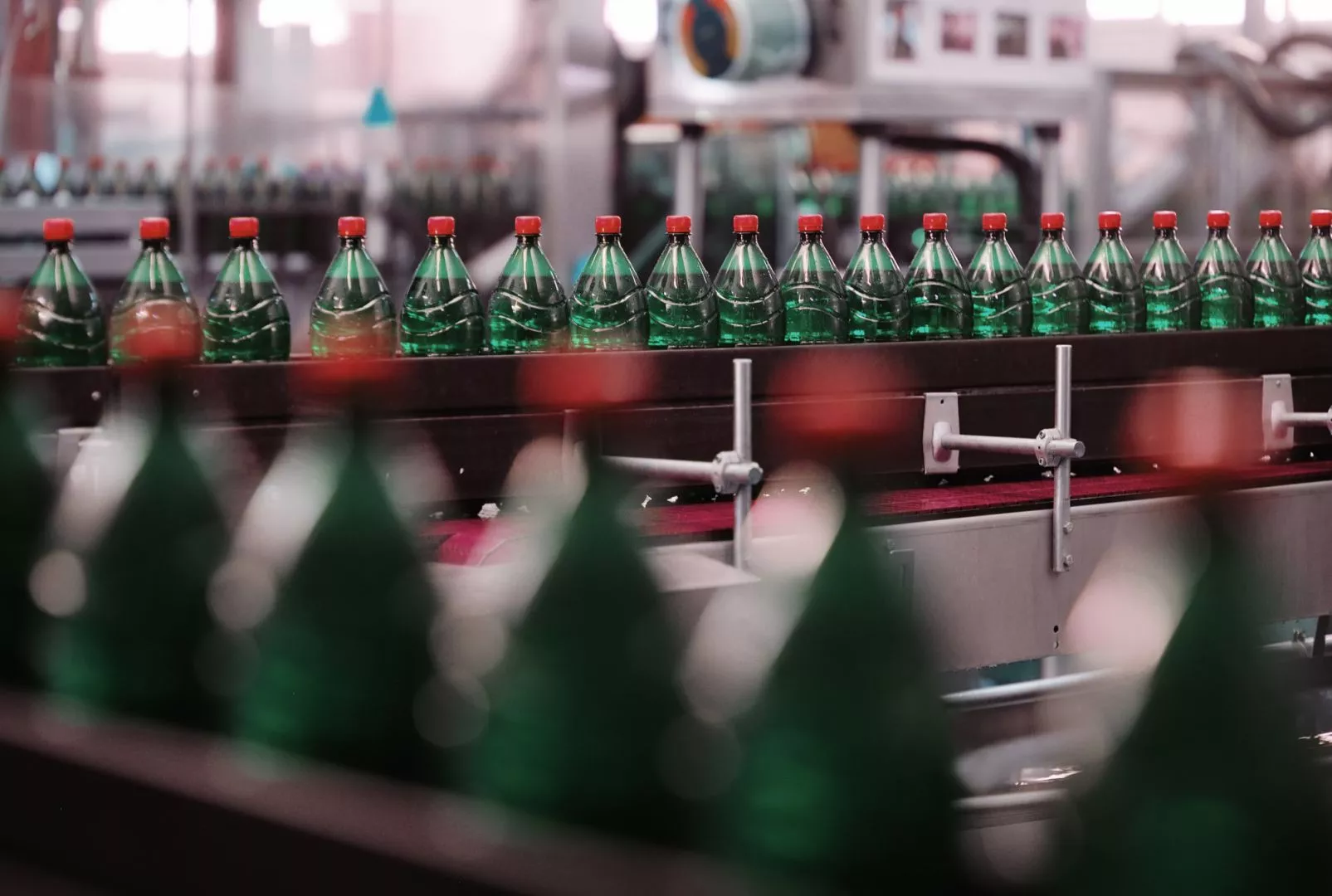
How Does a Capper Machine Work?
Fully-automatic capping machines utilise two distinct methods for cap placement on containers: the pick-off method and the pick-and-place method. The pick-off method involves a precisely engineered chute dispensing caps onto swiftly moving bottles, adeptly "picking off" caps as they descend. Commonly used in inline or straight-line capping machines, this method is especially suitable for handling skirted and aluminium caps.
In contrast, the pick and place method involves a robotic or robotic-like arm presenting a cap to the cap chuck, which then places it onto the container while simultaneously tightening it. This approach offers greater flexibility but requires advanced automation and customised tooling to accommodate various cap sizes and types.
Once the cap is securely placed on the container, the next critical step is cap sealing. The sealing mechanism employed depends on the capping machine's design and the bottle/cap configuration. For instance, skirted caps, commonly found on beer bottles, are firmly pressed down onto the bottleneck. On the other hand, threaded caps require a rotational motion to securely fasten onto the bottleneck while applying the appropriate amount of downward force.
In essence, automatic capping machines skillfully handle the intricate processes of cap placement and cap sealing, catering to the unique needs of diverse industries. From pharmaceuticals to beverages, these machines play an indispensable role in optimising packaging operations, ensuring airtight and dependable seals that preserve product integrity and extend shelf life. Their swift and precise capping of a wide range of containers and caps solidifies their position as invaluable assets in modern production lines.
Features of Bottle Capping Machine
Cap Configuration and Customisation
One of the standout features of bottle-capping machines is their adaptability to handle various cap types and sizes. Operators can easily configure the machines to suit specific packaging requirements by setting the width and type of cap they want to insert into bottles.
Whether it's screw caps, snap-on closures, or other types, these machines can handle them with ease. Some advanced models come equipped with special tools or jigs that simplify the configuration process, ensuring precise cap placement and alignment. However, even simpler machines can be adjusted effortlessly, making them accessible to a wide range of users.
Automatic Cap Insertion
The most significant advantage of bottle capping machines is their ability to automate the cap insertion process. Gone are the days of manual cap placement, where operators had to painstakingly ensure each cap was correctly aligned and fitted.
With the push of a button, these machines take care of the entire cap insertion procedure, eliminating the risk of human errors and significantly reducing production time. Automatic cap insertion not only boosts efficiency but also minimises product wastage, as misplaced or incorrectly fitted caps become a thing of the past.
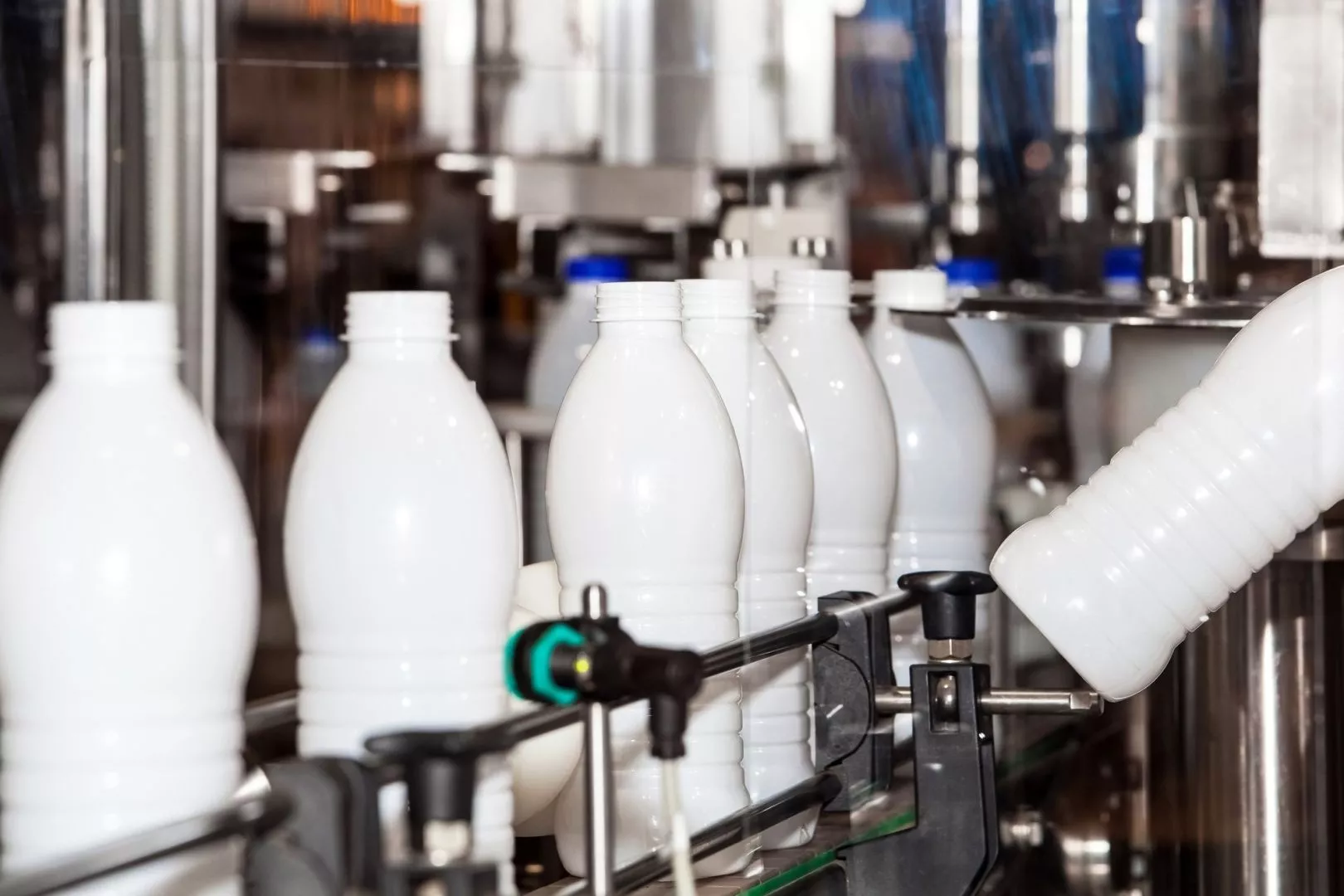
Automated Cap Insertion
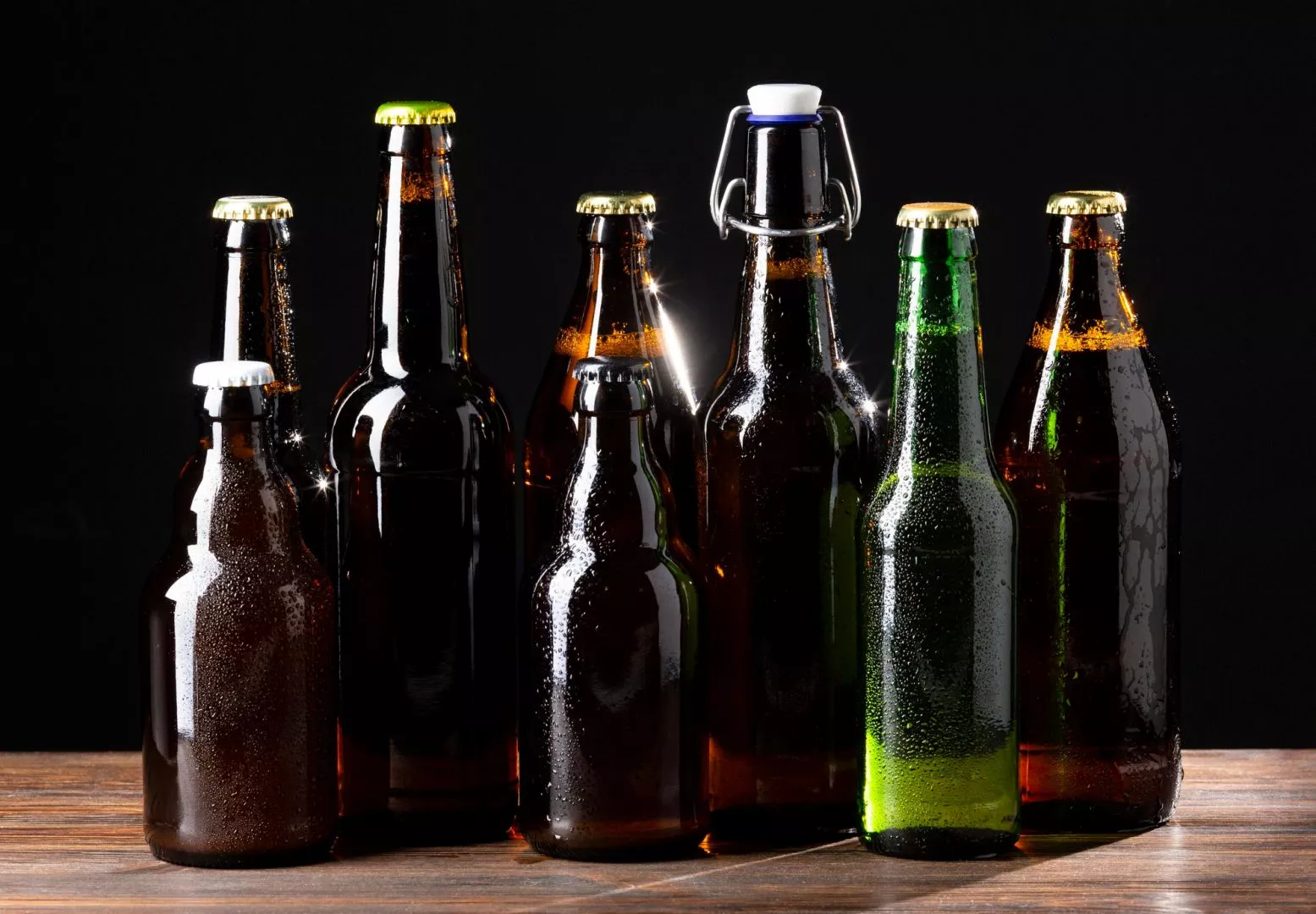
Cap Configuration And Customisation
Versatility and Precision
The Single-Head Automatic Bottle Capping Machine is a prime example of the versatility and precision offered by modern capping machines. Its torque-controlled automatic system is a game-changer, as it can expertly handle both fragile and standard caps.
Delicate caps, such as those used in pharmaceutical packaging, require a gentle touch to avoid damaging the product. Simultaneously, standard caps, like those found on beverage bottles, necessitate secure sealing to prevent leakage. The torque control system ensures that each cap is precisely sealed, striking the perfect balance between effectiveness and delicacy.
Improved Productivity and Efficiency
By introducing automated cap insertion, bottle capping machines significantly boost productivity and efficiency in the packaging process. These machines can cap bottles at an impressive rate, keeping up with demanding production requirements.
Their seamless integration into production lines allows for continuous workflow, ensuring a steady output of perfectly capped bottles. As a result, companies can meet tight deadlines and cater to growing market demands without compromising on quality.
What are the different types of capping machines?
Selecting the right capping machine for your production needs involves considering various factors, including the machine's production rate, also known as the rate, and its ability to handle different types of caps.
Before delving into these aspects, it's essential to determine whether you require an automatic, semi-automatic, or manual machine. The level of automation necessary will depend on labour availability, production demand, and the specific products being capped.
1
Automatic Capping Machines
Among the most versatile and reliable options, automatic capping machines seamlessly integrate into any production line. They excel at accommodating changes in products, sizing, or production requirements without the need for complex adjustments.
These machines operate with ease, requiring minimal manual input. With a simple press of a button, they efficiently cap bottles or containers. Their user-friendly operation makes them easy to integrate into existing packaging lines, streamlining the entire process.
2
Semi-Automatic Capping Machines
Similar to automatic machines in effectiveness, semi-automatic capping machines require an operator to manually place closures on top of the bottles before feeding them into the machine.
Unlike automatic cappers, these machines do not have an automatic cap delivery system. They strike a balance between manual and automatic operation, making them suitable for production lines where some manual intervention is feasible and desired.
3
Manual Capping Machines
Manual capping machines demand more hands-on involvement from the operator. In addition to placing the cap or closure on the product, the operator must manually fix it in place.
Despite being smaller and more budget-friendly than automatic options, manual machines require operators to handle most controls and activities. They are a cost-effective solution for smaller-scale production lines where a more hands-on approach is manageable.
Each type of capping machine offers distinct advantages, catering to specific production requirements and circumstances. The decision between automatic, semi-automatic, and manual machines depends on factors such as production volume, labour availability, and budget constraints.
Are you looking for bottle capping machines? Then call the experts at today. That’s not all, we undertake capping machine repair and sales. Get in touch with us if you have any queries.

